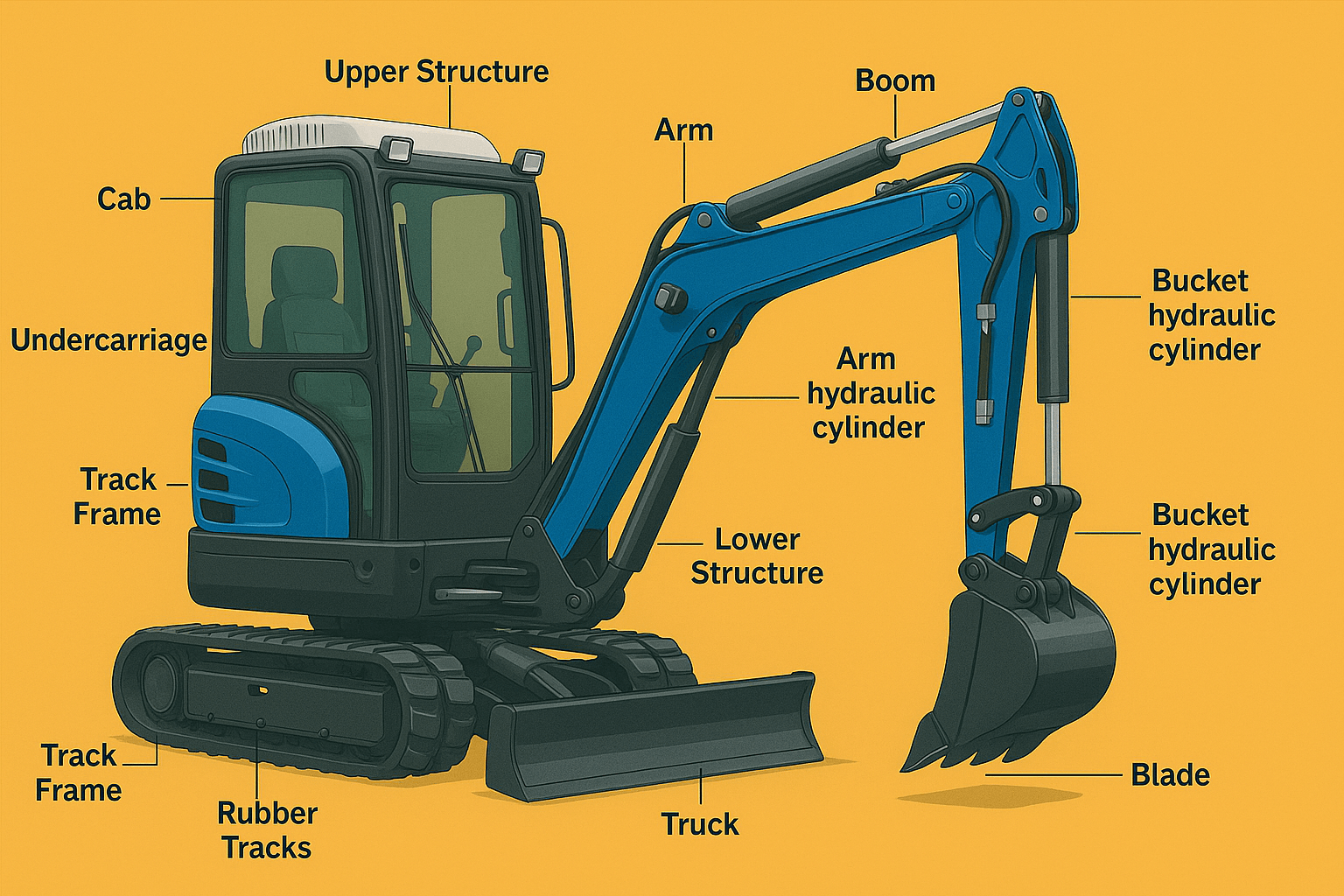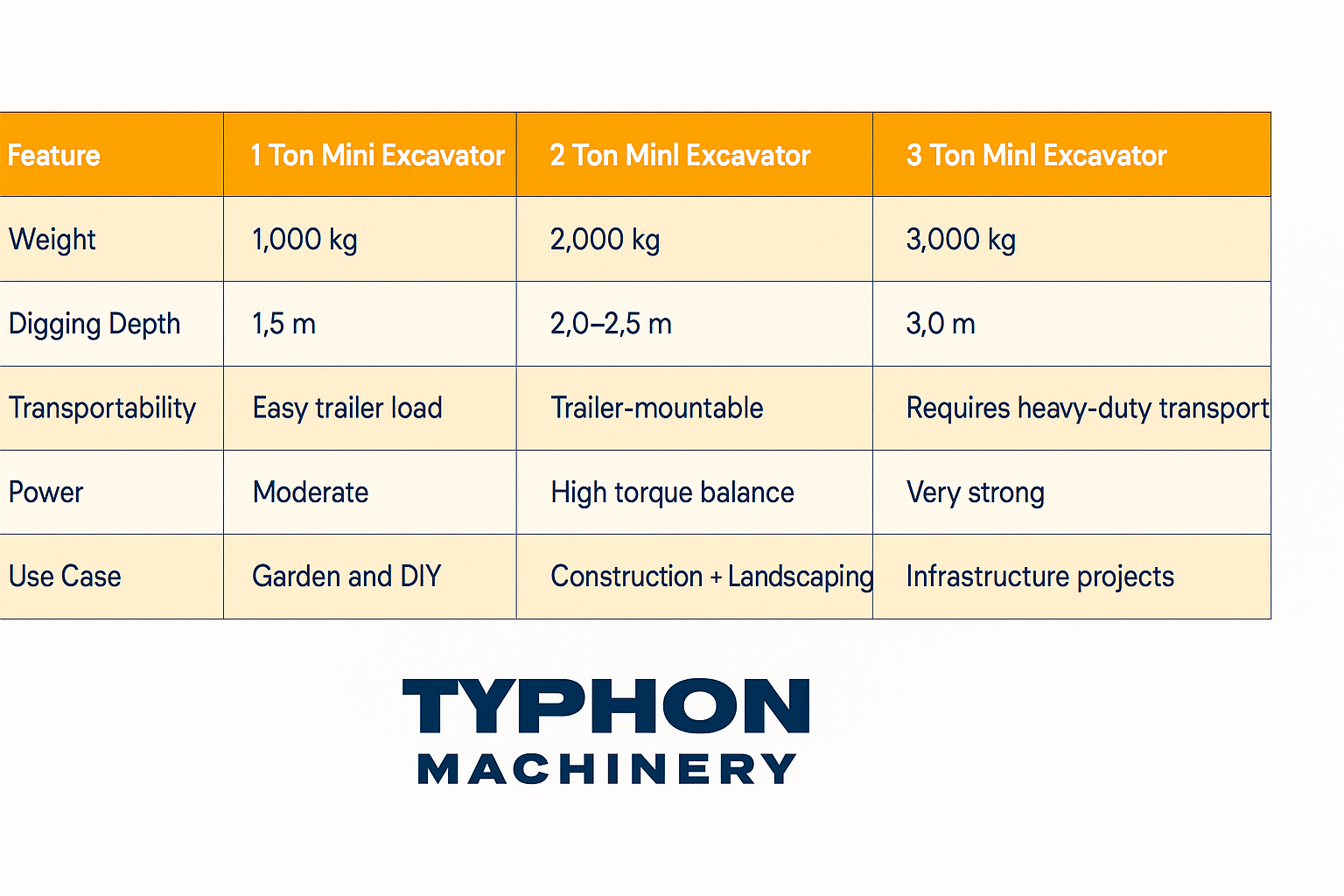Vibratory roller compactors are essential for various construction projects, offering the power needed to compact soil, asphalt, and other materials. Like all heavy machinery, regular maintenance is crucial to keeping these compactors in optimal working condition. This guide outlines the essential steps for maintaining and repairing your vibratory roller compactor, ensuring its longevity and performance.
Why Regular Maintenance Is Important
Maintaining your vibratory roller compactor not only extends its lifespan but also improves efficiency, reduces downtime, and minimizes the risk of costly repairs. Regular maintenance ensures the machine operates at its peak, offering better compaction and fuel efficiency. Here’s a breakdown of essential repair and maintenance practices to keep your machine in top-notch condition.
Engine Oil Change for New Machines
For newly purchased vibratory rollers, the first oil change should occur after 250 running hours. Changing the engine oil at this interval helps clear out any potential contaminants introduced during the manufacturing and assembly process, ensuring smooth engine performance.
Monthly Inspection of Electrical Wiring
It’s critical to inspect and maintain the electrical wiring of the roller compactor every month. Proper functioning of the electrical system ensures uninterrupted operation. Here’s a checklist for monthly wire inspection:
- Inspect for Damaged Wires: Check the condition of all wiring to ensure none are frayed, cracked, or exposed.
- Check for Loose Connections: Ensure that all wiring connections are secure. Loose wires can lead to electrical faults or even machine failure.
- Test Electrical Devices: Verify that all electrical components are functioning correctly, including lights, indicators, and controls.
Routine Maintenance Schedule for Vibratory Roller Compactors
Maintenance Every 10 Hours
- Engine Oil Check: Place the engine in a horizontal position and inspect the oil level using the dipstick. If the oil level falls below the recommended range, add oil to ensure proper lubrication.
- Fuel Tank Inspection: Check the fuel level to ensure there is enough diesel for operation. Refill as necessary.
Maintenance Every 50 Hours
- Hydraulic Oil Level Check: Ensure the hydraulic oil level is between the middle and upper marks on the indicator. Add oil through the filler if necessary to keep the machine running smoothly.
- Battery Check: Inspect the battery’s condition and determine if a replacement is needed. Also, check and tighten any loose bolts. The battery is typically located near the lower right pedals.
Maintenance Every 100 Hours
- Clean Fuel Filter: A clogged fuel filter can affect fuel flow, leading to engine issues. Clean the fuel filter every 100 hours to avoid this.
- Clean Air Filter: Like the fuel filter, the air filter should be cleaned regularly to ensure optimal air intake and engine performance.
Maintenance Every 200 Hours
- Replace Hydraulic Oil Filter: The hydraulic oil filter prevents contaminants from entering the hydraulic system. Replace it every 200 hours to ensure smooth operation.
- Add Grease to Vibrating Drum: Proper lubrication of the vibrating drum is crucial for its performance. Add grease every 200 hours to minimize friction and wear.
Maintenance Every 500 Hours
- Replace Engine Oil: After 500 hours of operation, replace the engine oil. When draining the old oil, ensure it’s done while the engine is warm to help it flow out more easily. Once the oil is drained, replace the plug and refill with the recommended oil.
- Replace Hydraulic Oil in the Hydraulic Tank: Drain the old hydraulic oil while it’s warm. Clean the inside of the hydraulic tank and refill with fresh oil, ensuring the level matches the calibration scale. Run the engine at idle for a few minutes and check the oil level again, topping off if necessary.
- Lubricate Steering Cylinder Pin and Hinged Parts: Apply grease to the steering cylinder pin and all hinged parts to maintain smooth movement and prevent wear.
Hydraulic Oil, Water, and Lubricants Filling Guidelines
General Specifications
- Keep Strainers in Place: Never remove strainers when filling oil to prevent contaminants from entering the system.
- Use Recommended Lubricants: Only use the specified brands and types of lubricants and hydraulic oils to avoid compatibility issues.
- Completely Drain Old Oil: Always fully drain old oil before adding new oil to ensure no cross-contamination.
Recommended Lubricants
- Engine Oil: Use API CH-grade lubricants.
- Hydraulic Oil: VG46 hydraulic oil is recommended.
- Grease: High-temperature lithium grease should be used for lubrication.
- Fuel: Use high-quality diesel for best performance.
Fuel Filter Replacement and Maintenance
The fuel filter plays a crucial role in ensuring clean fuel reaches the engine. Replace the fuel filter once a year to maintain fuel efficiency and engine performance. Additionally, check the fuel tank regularly for cracks and leaks. Before replacing the fuel filter, turn off the engine and allow it to cool to prevent accidents.
Handling Lubricants and Disposal
When changing the oil, ensure that you discharge it while the machine is still warm, which allows for smoother drainage. Use an appropriate container for collecting the discharged oil. To minimize environmental impact:
- Use plastic sheets or containers to collect all discharged liquids.
- Dispose of the liquids in accordance with local environmental regulations.
Conclusion
Regular maintenance is the key to keeping your vibratory roller compactor in prime condition. By following this comprehensive guide, you’ll ensure that your machine operates efficiently, reducing downtime and preventing costly repairs. Consistent checks and timely replacement of oils, filters, and other components will significantly extend the life of your machine, making it a reliable asset on every job site.
Keep in mind the importance of following manufacturer-recommended maintenance intervals and using the correct oils and lubricants to achieve the best results.









